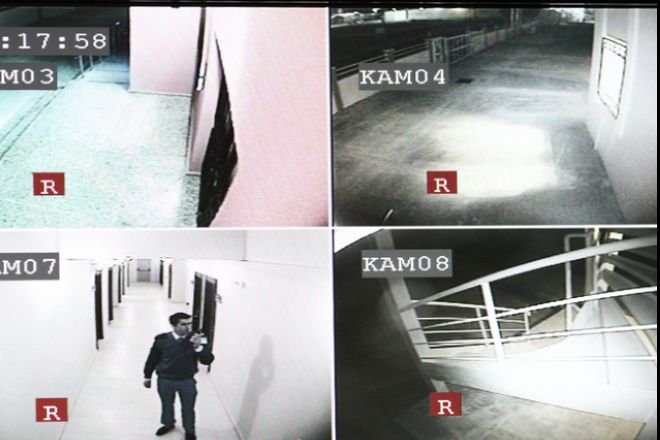Article by Dan Stephens, Invictus Consulting, LLC
When it comes to school security, I often hear the sentiment, “Money should not be a consideration. We want our kids to be as safe as they can be.” And yet the simple reality is that money is a consideration. Furthermore, even if a school had all the money in the world to implement all possible security measures, it could end up looking like a prison.
Security investments should be made with careful consideration of a school’s mission, culture, location and budget. I always tell business officers that it’s the culture of your school that’s made it successful. Whatever changes you make, you have to protect the culture. And the best thing you can do for school safety is integrate security policies and procedures into that culture. Doing so may require only minimal or even no investments in technology, and instead more training and time.
It’s the culture of your school that’s made it successful. Whatever changes you make, you have to protect the culture.
Take security cameras, which can now do much of the work of a physical perimeter fence and more. They can identify 12 types of gunfire. They can tell you if anything more than 100 pounds enters a space. That doesn’t mean more cameras are always the answer. This is where culture comes in. If there’s no one watching the live video from those cameras, or no analytics program analyzing that data in real time, you won’t know about an incident until after it’s occurred. Similarly, if a school has cameras but no electronic visitor management system, a sexual predator could sign in on a handwritten log without anyone knowing the danger he or she poses. A good visitor management system costs about $3,500. I see schools spend $50,000 on cameras but stop at spending $3,500 on a visitor management system.
Here are more examples of why security needs to be part of a school’s culture. A good visitor management system and secure doors work only if the doors are not regularly propped open simply because faculty or students don’t like carrying their fobs. Likewise, whoever is overseeing the visitor management system must enforce it and require people to sign in properly. If your school has hired guards, be sure administrators communicate with them about what they’re doing and seeing. At one small school I worked with, security reports noted that seven laptops had been lost in a one-year period. What’s the likelihood of so many students losing those devices? Theft was the problem. Security officers had written reports, but no one had provided oversight to address the issue.
Another tip for focusing your security resources is to consider data about common threats.
Sometimes even simpler changes can make a difference. I worked with a preschool that didn’t have the funds for a secure intercom system at its entrance. While the school was saving for the purchase, they simply slid the receptionist’s desk into the foyer so she could see through the front door. She kept the door locked and unlocked it manually when necessary. A similarly simple approach could work at schools where faculty or students refuse to carry their fobs. Just keep doors locked and make everyone manually sign in and out. They should soon see the value of the technology.
Another tip for focusing your security resources is to consider data about common threats. While active shooter events are not the most common threats to schools, they get the lion’s share of attention. Statistics show that 70 percent of active-shooters enter through the front door. If your school has a limited budget, spend at least half of it securing that area. Do whatever you can afford. If you can’t afford something now, budget for it as a future expense.
I spent decades in law enforcement before running a security consulting company, and I have to rely on my security engineers to keep me updated on constantly evolving security technology. The rapidly changing landscape makes it all the more important to spend your dollars wisely and ensure that whatever measures you choose align with your school’s culture and mission.





